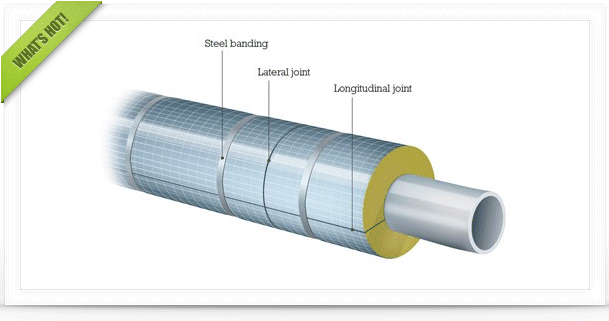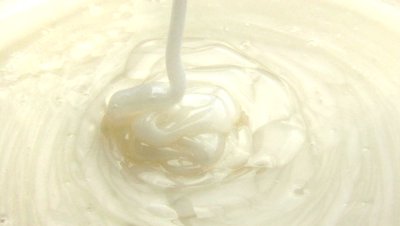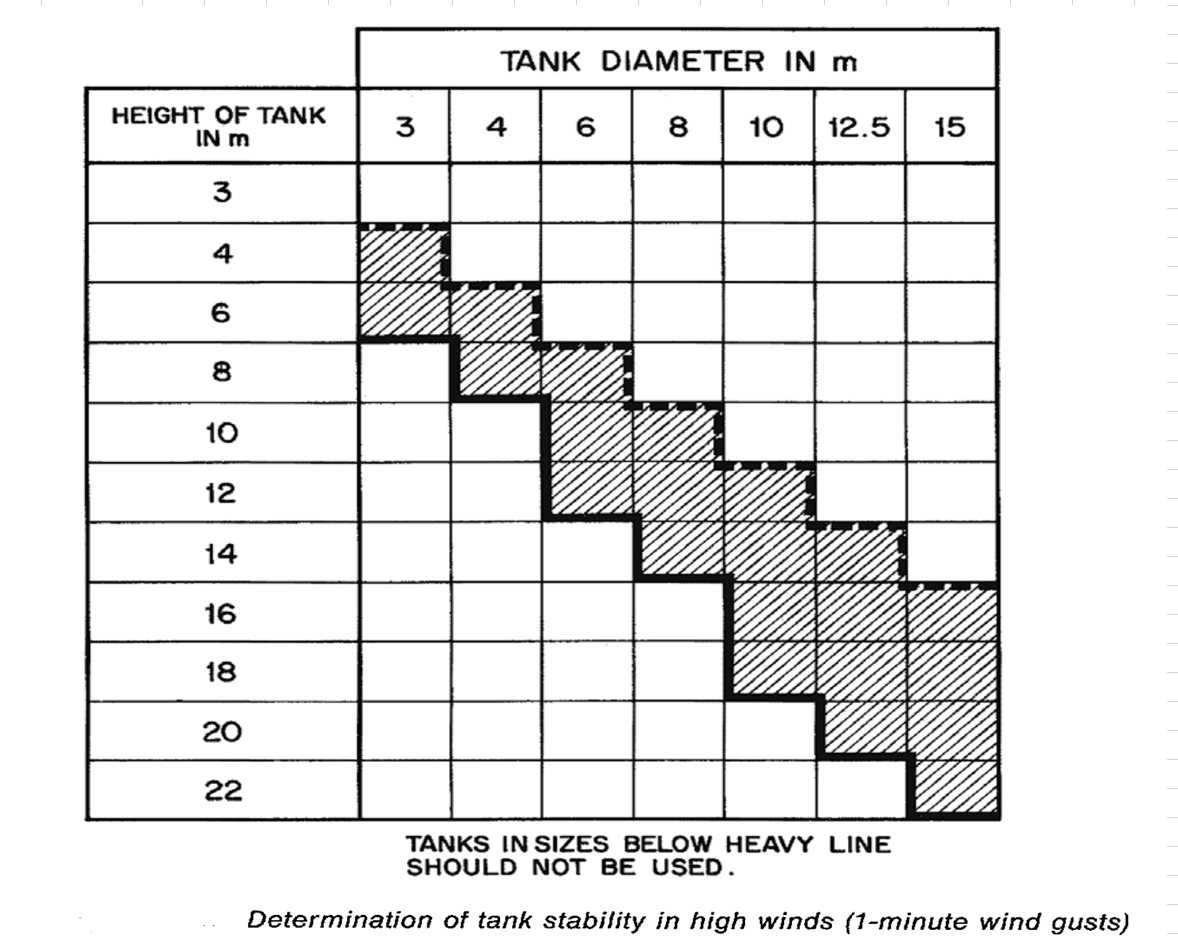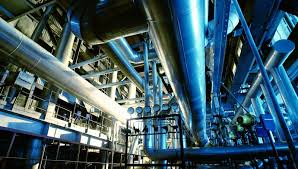|
|
Determining The Set Point Of Trvs
Started by CHEMeng88, Oct 14 2012 08:41 AM
5 replies to this topic
Share this topic:
#1

Posted 14 October 2012 - 08:41 AM
Hi,
i need some help on cascading TRVs..
1) TRV-1 is protecting a line (design pressure = 200psig). So the set point for TRV-1 is set at 200psig
2) TRV-1 pops into a line (design pressure = 150 psig). TRV-2 is present to protect this line. TRV-2 then pops into a closed system with backpressure of 10psig
Question:
How do I determine the set pressure of TRV-2?
Thanks!
i need some help on cascading TRVs..
1) TRV-1 is protecting a line (design pressure = 200psig). So the set point for TRV-1 is set at 200psig
2) TRV-1 pops into a line (design pressure = 150 psig). TRV-2 is present to protect this line. TRV-2 then pops into a closed system with backpressure of 10psig
Question:
How do I determine the set pressure of TRV-2?
Thanks!
#2

Posted 15 October 2012 - 04:00 AM
CHEMeng88,
You did fail to submit the operating pressure of each line and type of the TRV's. Anyway, considering line design pressure/back pressure, appears the second line could be protected by a conventional TRV with a set pressure equal to 150 psig.
Fallah
You did fail to submit the operating pressure of each line and type of the TRV's. Anyway, considering line design pressure/back pressure, appears the second line could be protected by a conventional TRV with a set pressure equal to 150 psig.
Fallah
#3

Posted 30 October 2012 - 02:38 AM
1. Spring differential pressure TRV-1 = 50 psi (i.e. set presure = 50 psig)
2. Spring differential pressure TRV-2 = 140 psi (i.e set pressure 140 psig)
3. so the total set pressure 50+140+10 = 200 psig.
4. therefore, you can also select any combination of set pressure such that TRV-1 + TRV-2 +10 = 200 psig such as 100+90+10 or 90+100+10 = 200 psig etc. and TRV-2 + 10 must not exceed 150 psig
5. Such arrangement is sometime known as piggy-back arrangement
2. Spring differential pressure TRV-2 = 140 psi (i.e set pressure 140 psig)
3. so the total set pressure 50+140+10 = 200 psig.
4. therefore, you can also select any combination of set pressure such that TRV-1 + TRV-2 +10 = 200 psig such as 100+90+10 or 90+100+10 = 200 psig etc. and TRV-2 + 10 must not exceed 150 psig
5. Such arrangement is sometime known as piggy-back arrangement
Edited by S.AHMAD, 30 October 2012 - 02:41 AM.
#4

Posted 30 October 2012 - 08:13 AM
CHEMeng88,
Considering economical issues to reduce the TRV's sizes by using design pressure potential, it might the optimum set pressure and type for TRV-1 and TRV-2 be as follows:
TRV-2 with set pressure equal to 100 psig and conventional type; provided that the superimposed back presure (10 psig) is the maximum value of the BP (maximum 10% of the set pressure)
TRV-1 with set presure equal to 200 psig and pilot operated type (can tolerate high back pressure of 50% of the set pressure and keeping the stability)
Fallah
Considering economical issues to reduce the TRV's sizes by using design pressure potential, it might the optimum set pressure and type for TRV-1 and TRV-2 be as follows:
TRV-2 with set pressure equal to 100 psig and conventional type; provided that the superimposed back presure (10 psig) is the maximum value of the BP (maximum 10% of the set pressure)
TRV-1 with set presure equal to 200 psig and pilot operated type (can tolerate high back pressure of 50% of the set pressure and keeping the stability)
Fallah
Edited by fallah, 30 October 2012 - 08:13 AM.
#5

Posted 30 October 2012 - 09:24 PM
Fallah/CHEMeng88,
1. As far as I know, TRV are spring loaded of 3/4" normally more than adequate.
2. What important is the spring differential pressure.
3. If pipe-1 design pressure 200 psig and protected by TRV-1 set at 200 psig (spring differential pressure 200 psi), when a both TRVs popped, pipe-1 relieving pressure will be 200+150 or 350 psig since the discharge of TRV-1 has a back pressure of 150 psig. Similarly for pipe-2 the spring differential must be smaller than 140 psi since the TRV-2 is discharged to 10 psig back pressure.
4. Therefore we must very careful to ensure the pipelines are protected accordingly. Set pressure if tested against atmospheric pressure will be equal to spring differential pressure.
5.If we specified TRV-1 set to be 200 psig, the spring differential must be set at 50 psig if TRV-2 is set at 150 psig with spring pressure of 140 psi.
6. My suggestion to set spring pressure for both TRV to be 95 psig. So that when both TRVs popped, Pipe-1 and pipe-2 will be exposed to 200 psig and 105 psig respectively.
7. . I hope my brief explanation is clear enough to avoid confusion. I have done several designs of this type of arrangement before.
1. As far as I know, TRV are spring loaded of 3/4" normally more than adequate.
2. What important is the spring differential pressure.
3. If pipe-1 design pressure 200 psig and protected by TRV-1 set at 200 psig (spring differential pressure 200 psi), when a both TRVs popped, pipe-1 relieving pressure will be 200+150 or 350 psig since the discharge of TRV-1 has a back pressure of 150 psig. Similarly for pipe-2 the spring differential must be smaller than 140 psi since the TRV-2 is discharged to 10 psig back pressure.
4. Therefore we must very careful to ensure the pipelines are protected accordingly. Set pressure if tested against atmospheric pressure will be equal to spring differential pressure.
5.If we specified TRV-1 set to be 200 psig, the spring differential must be set at 50 psig if TRV-2 is set at 150 psig with spring pressure of 140 psi.
6. My suggestion to set spring pressure for both TRV to be 95 psig. So that when both TRVs popped, Pipe-1 and pipe-2 will be exposed to 200 psig and 105 psig respectively.
7. . I hope my brief explanation is clear enough to avoid confusion. I have done several designs of this type of arrangement before.
Edited by S.AHMAD, 30 October 2012 - 09:35 PM.
#6

Posted 31 October 2012 - 02:01 AM
AHMAD,
The configuration submitted by CHEMeng88 is named Daisy Chaining TRV's and to be executed by chaining the TRV’s at higher set pressures into piping operated at lower pressures. These configurations, as i mentioned, need pilot operated TRV's due to high and variable back pressures. Then i repeat my suggestion submitted in my post No. 4 as set pressures of TRV-1 and TRV-2.
Fallah
The configuration submitted by CHEMeng88 is named Daisy Chaining TRV's and to be executed by chaining the TRV’s at higher set pressures into piping operated at lower pressures. These configurations, as i mentioned, need pilot operated TRV's due to high and variable back pressures. Then i repeat my suggestion submitted in my post No. 4 as set pressures of TRV-1 and TRV-2.
Fallah
Edited by fallah, 31 October 2012 - 04:12 AM.
Similar Topics
Simulation Of Natural Gas Water Dew PointStarted by Guest_guoyinyanliner_* , 03 Nov 2025 |
|

|
||
Dew Point CalculationStarted by Guest_Aditya000333_* , 17 Sep 2025 |
|

|
||
Negative Pressure Discharge / Negative At High PointStarted by Guest_felderosfelder101021_* , 05 Jul 2025 |
|

|
||
Determining Pipeline Design PressureStarted by Guest_applepe_* , 05 Dec 2024 |
|

|
||
Kerosene Flash Point TroubleshootingStarted by Guest_zuberattan_* , 25 Oct 2009 |
|
|

 FB
FB








